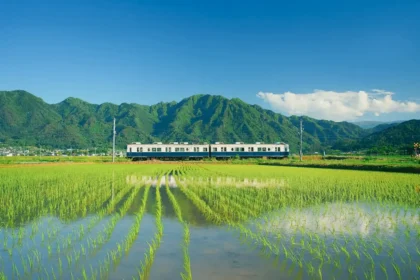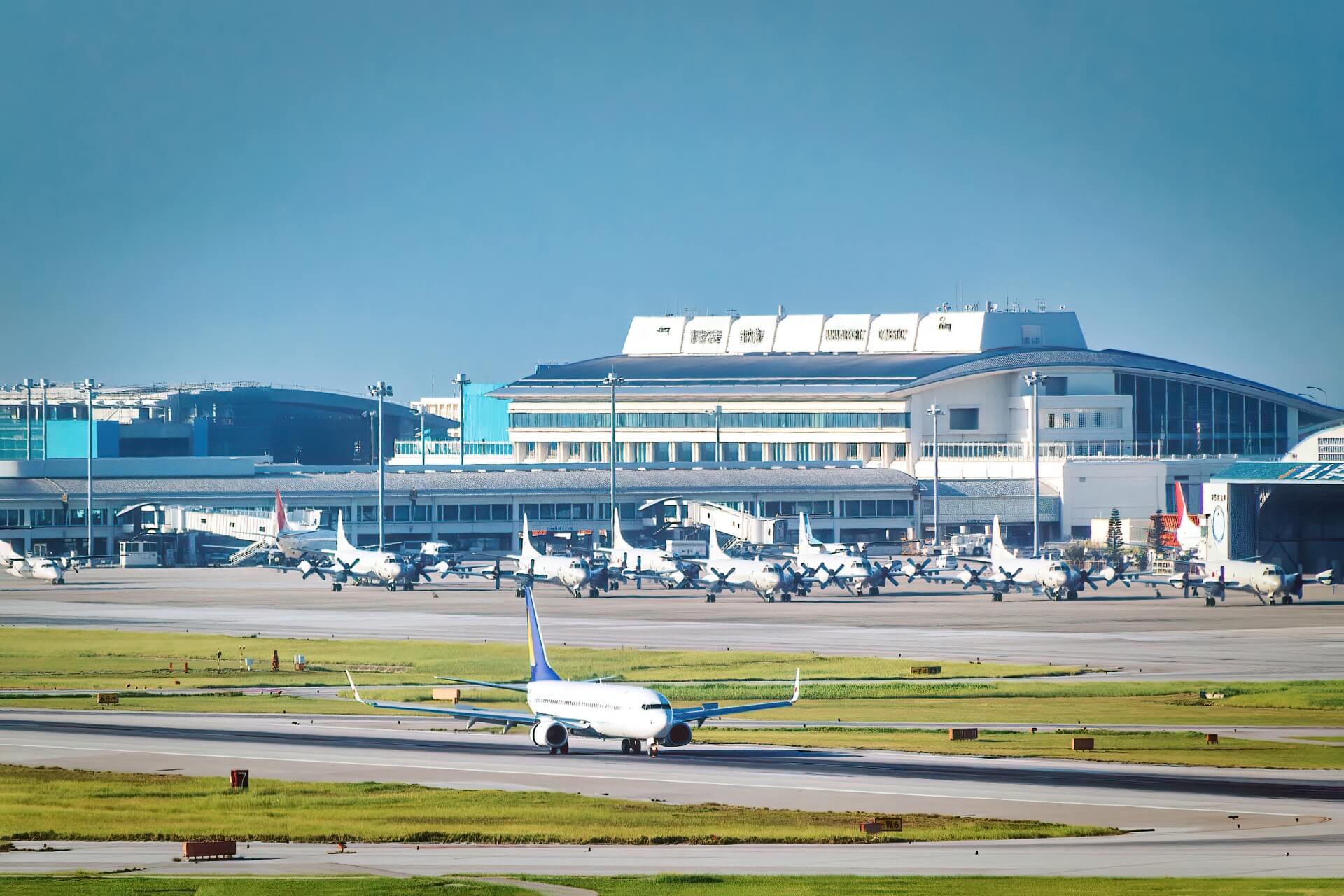
Naha Airport (OKA) is the sixth busiest airport in Japan and given Okinawa’s distance from the Japanese mainland, the primary point of access to the Okinawan archipelago. On this page you will find the following information:
-- Entering & Exiting Japan: Essential Info
-- Getting To & From the Airport
-- Car Rental
-- Accommodation In & Around the Airport
-- 25 Things to Do Around Okinawa & Where to Stay
Naha Airport is located in the south of the Okinawan main island, only 4km to the west of central Naha City. The airport is linked to the city and regional destinations around the main island by a modern monorail system and buses, while renting a car and driving yourself is always viable option when visiting Okinawa – see below for details.
Given the distance of Okinawa from Japan’s main islands – Naha lies over 1600km / 2.5 hours flight to the southwest of Tokyo – flying is the most common way of travelling to and from Okinawa, with the option of also using ferry services. Naha Airport is serviced by both domestic and international carriers
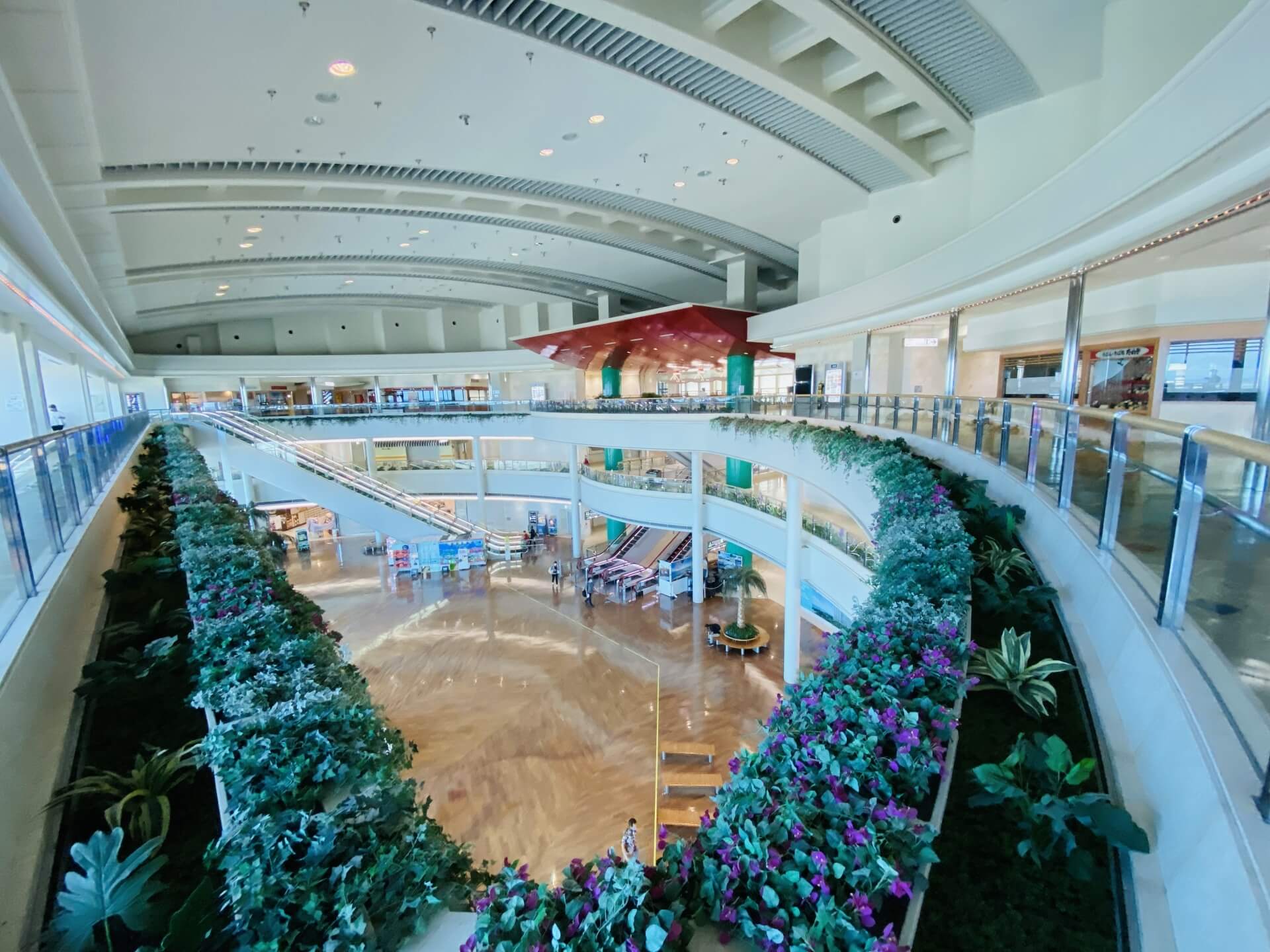
Both Japan’s major carriers – All Nippon Airways (ANA) and Japan Airlines (JAL) operate from New Chitose Airport to destinations all over the country including Tokyo, Osaka, Nagoya, Fukuoka, Hiroshima, Kobe, Kagoshima, Kumamoto, Sapporo and other cities. Low-cost domestic airlines including Jetstar Japan, Peach, Skymark and Solaseed also operate to and from Naha. International carriers including AirAsia X, Air China, Asiana, China Airlines, China Eastern Airlines, EVA Air, Hong Kong Airlines, Jetstar Asia, Korean Air and Tigerair Taiwan fly to and from destinations including Bangkok, Beijing, Busan, Hong Kong, Kuala Lumpur, Seoul, Shanghai, Singapore, Taipei and other cities.
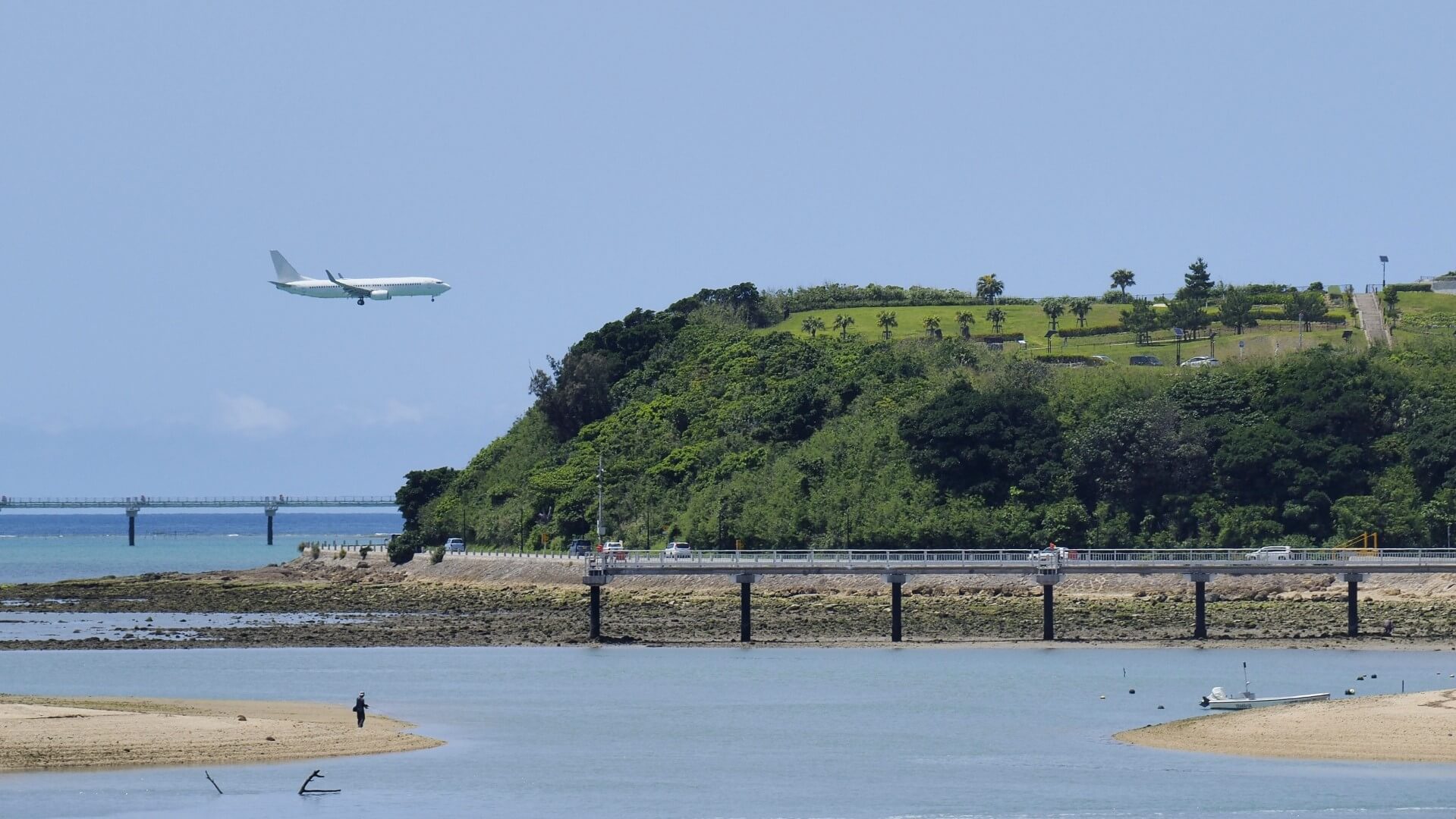
Travelers wanting to head to the smaller Okinawan islands can also do so from Naha Airport with ANA, JAL and regional airlines connecting to islands including Amami Oshima, Ishigaki, Kumejima, Shimojishima and others.
ENTERING & EXITING JAPAN: ESSENTIAL INFO
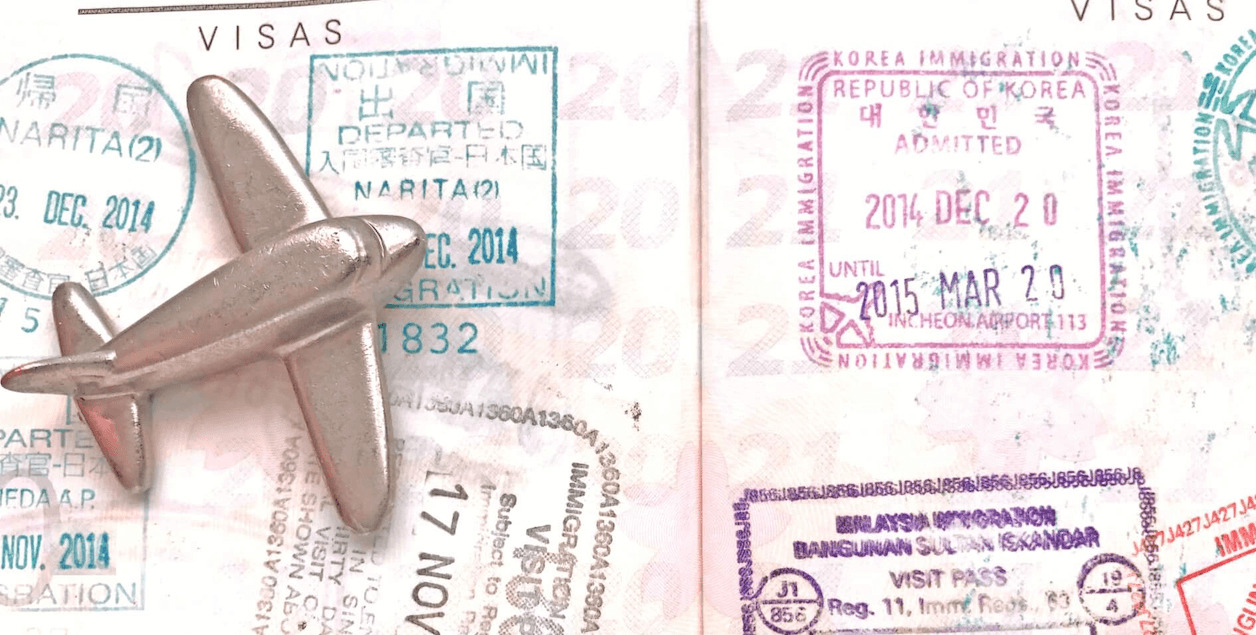
Naha Airport is the primary entry and exit point for visitors heading to Okinawa, including direct flights to many international cities. Our ‘Entering & Exiting Japan’ page has useful information including visa requirements, clearing immigration and customs and things to take care of while at the airport. For further essential travel information, see our ‘Plan Your Visit’ main page.
COVID-19 REQUIREMENTS
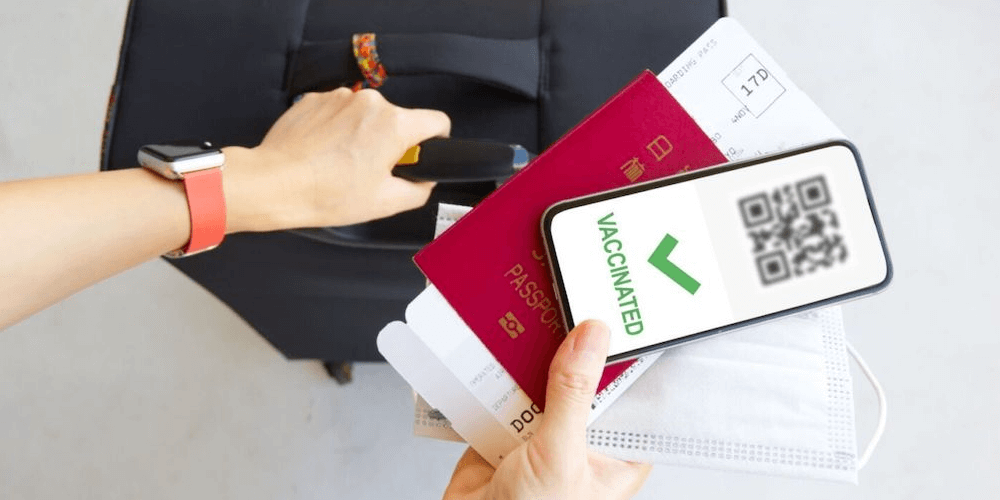
Given the continued impact of COVID-19 on global travel, it is important to stay up-to-date with the latest news and requirements. Our ‘Who Can Enter Japan & What’s Required’ page includes information about who can enter, whether you need to quarantine and vaccination passports. For other essential information including the latest COVID and vaccination numbers from Japan, see our ‘Clean Green & Healthy’ main page.
GETTING TO & FROM THE AIRPORT
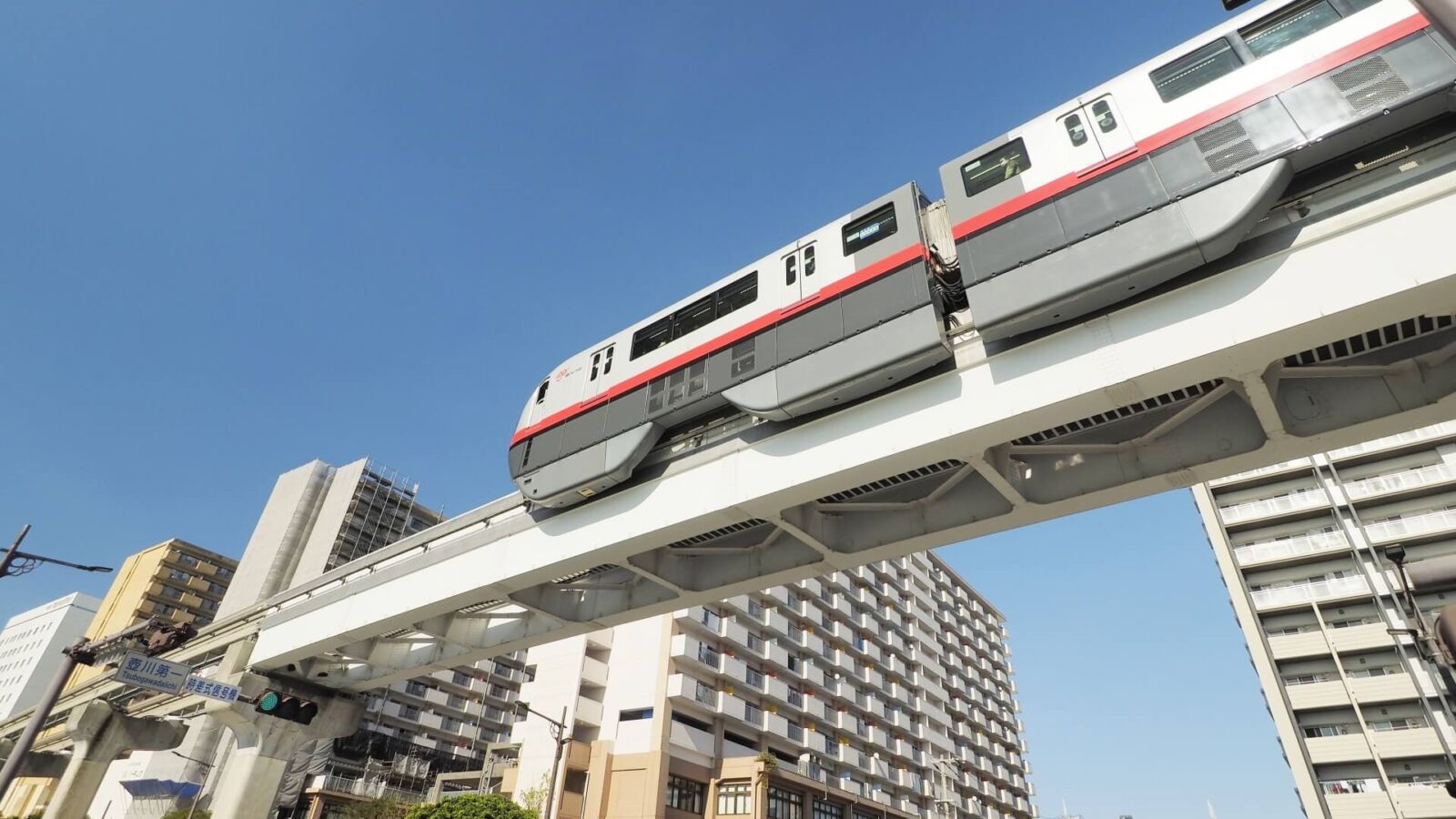
Naha Airport is located to the west of the central city, accessible by monorail, bus, taxi or driving yourself. For most international visitors, using the city’s modern and convenient monorail system will be the best option:
BY MONORAIL
Naha’s ‘Yui Rail’ monorail is the most convenient way to move to and from the airport and around the city. Running from Naha Airport Station to Tedako-Uranishi Station, the monorail runs 17km in length and takes 38 minutes to cover the full journey. There are 19 stations on the line including Makishi Station, located in the popular entertainment and accommodation area of Kokusai-dori area and Shuri Station, nearby Shuri Castle.
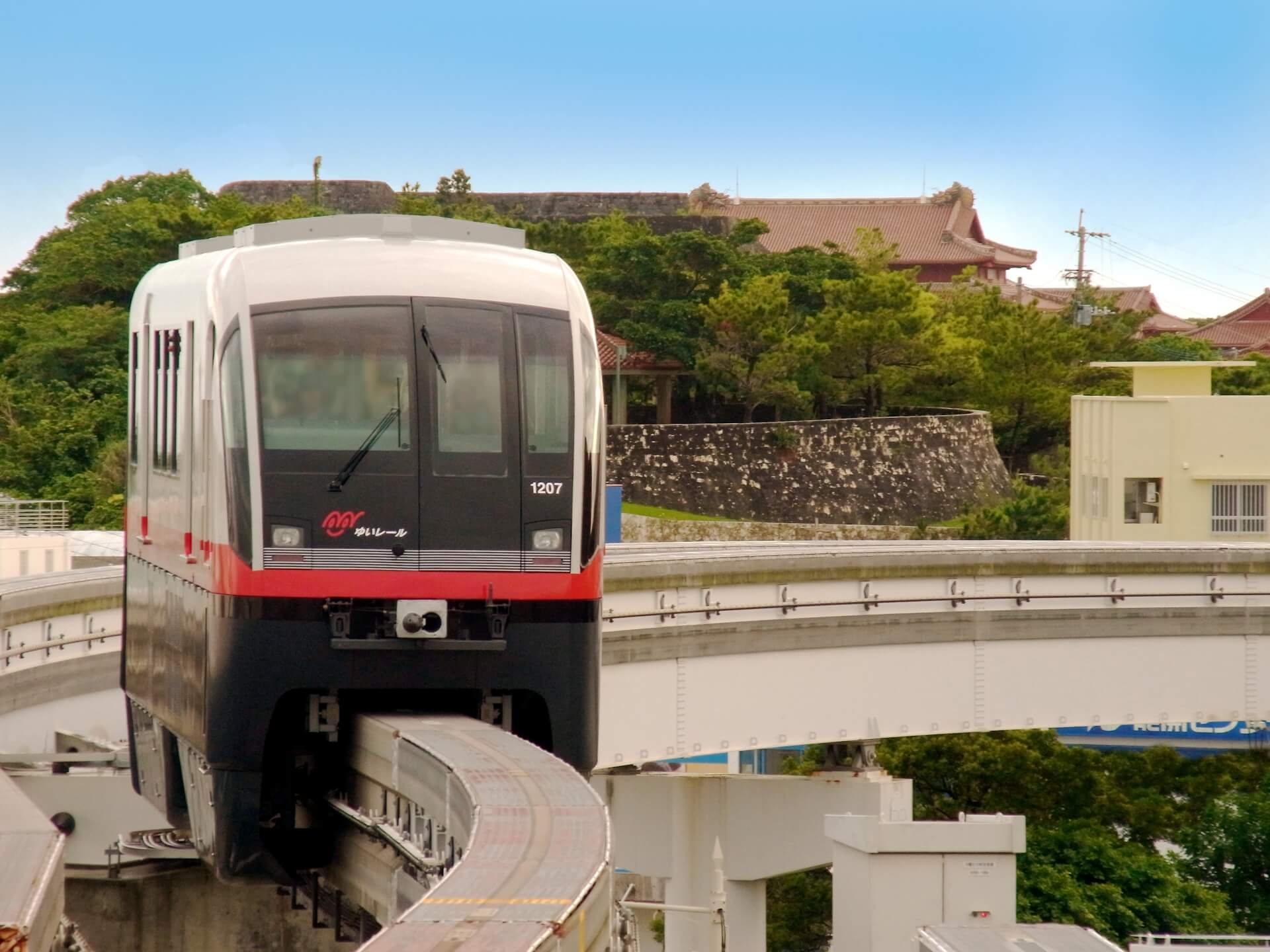
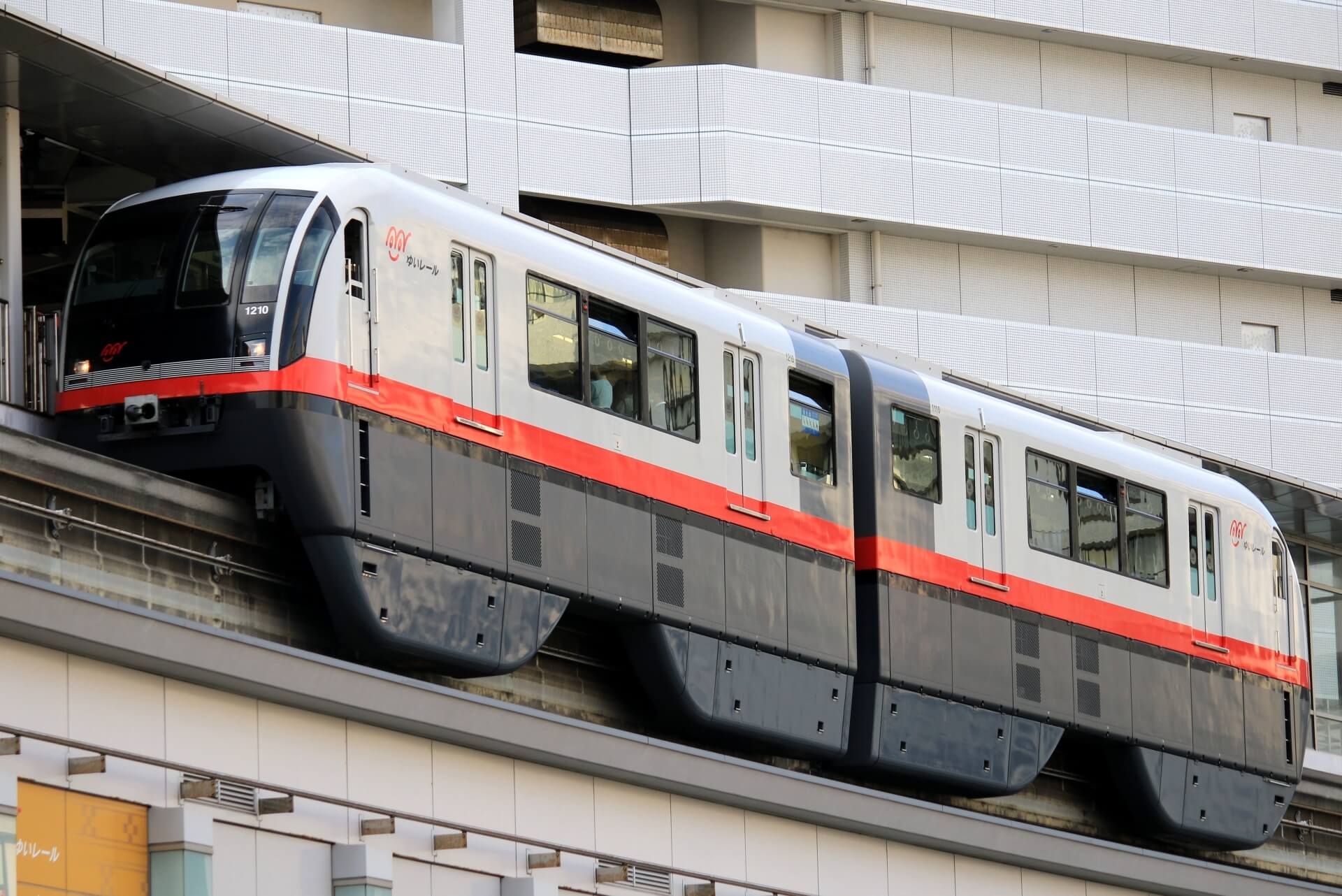
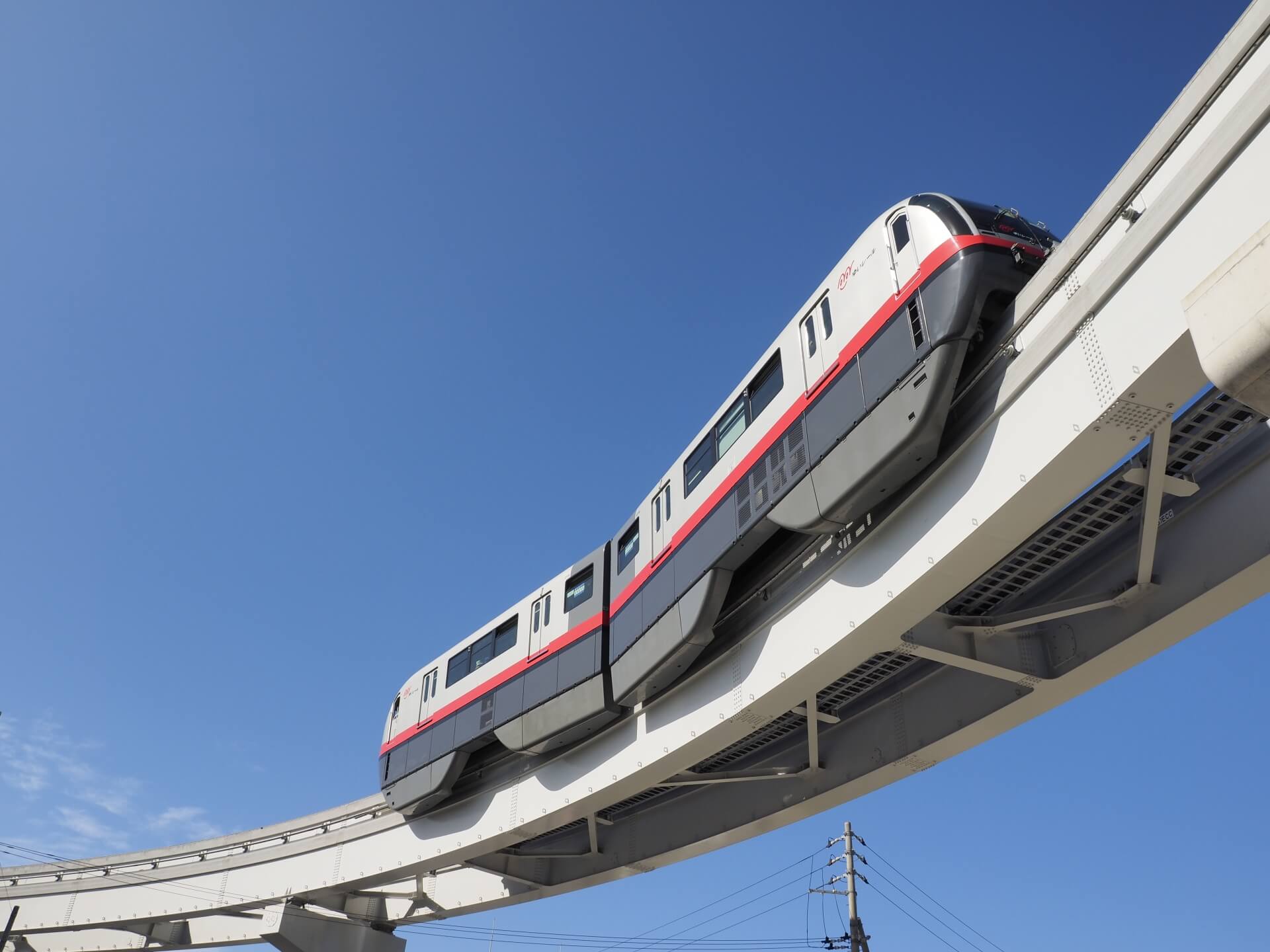
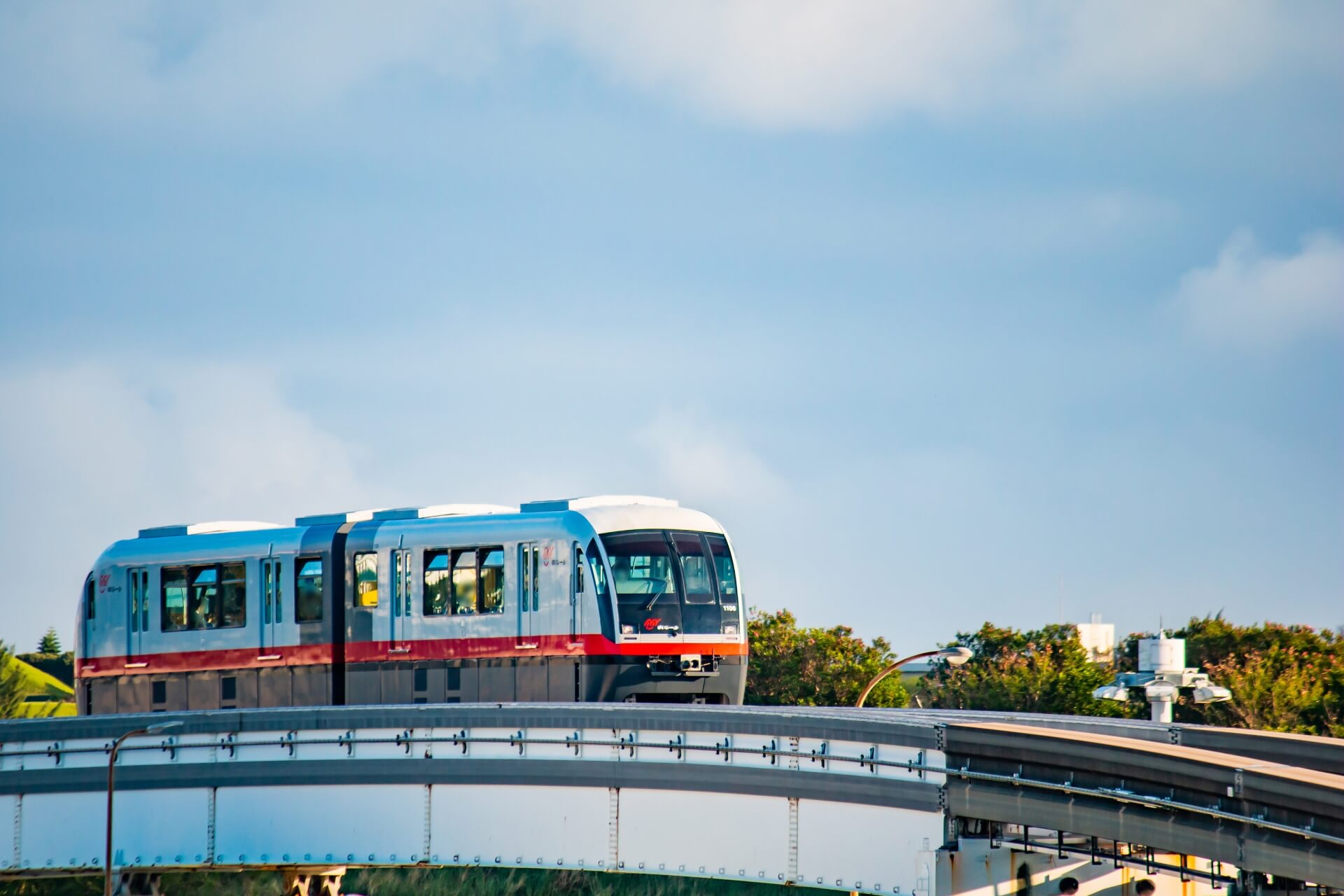
From the airport, the earliest service runs from 06:00 while the latest departs at 23:30. Services run frequently with fares ranging from JPY230 to JPY370 depending on your intended destination station. Travelers can take advantage of a couple of passes that allow for unlimited use of the monorail over one or two days – costing JPY800 for a one-day pass and JPY1400 for a two-day pass.
BY BUS
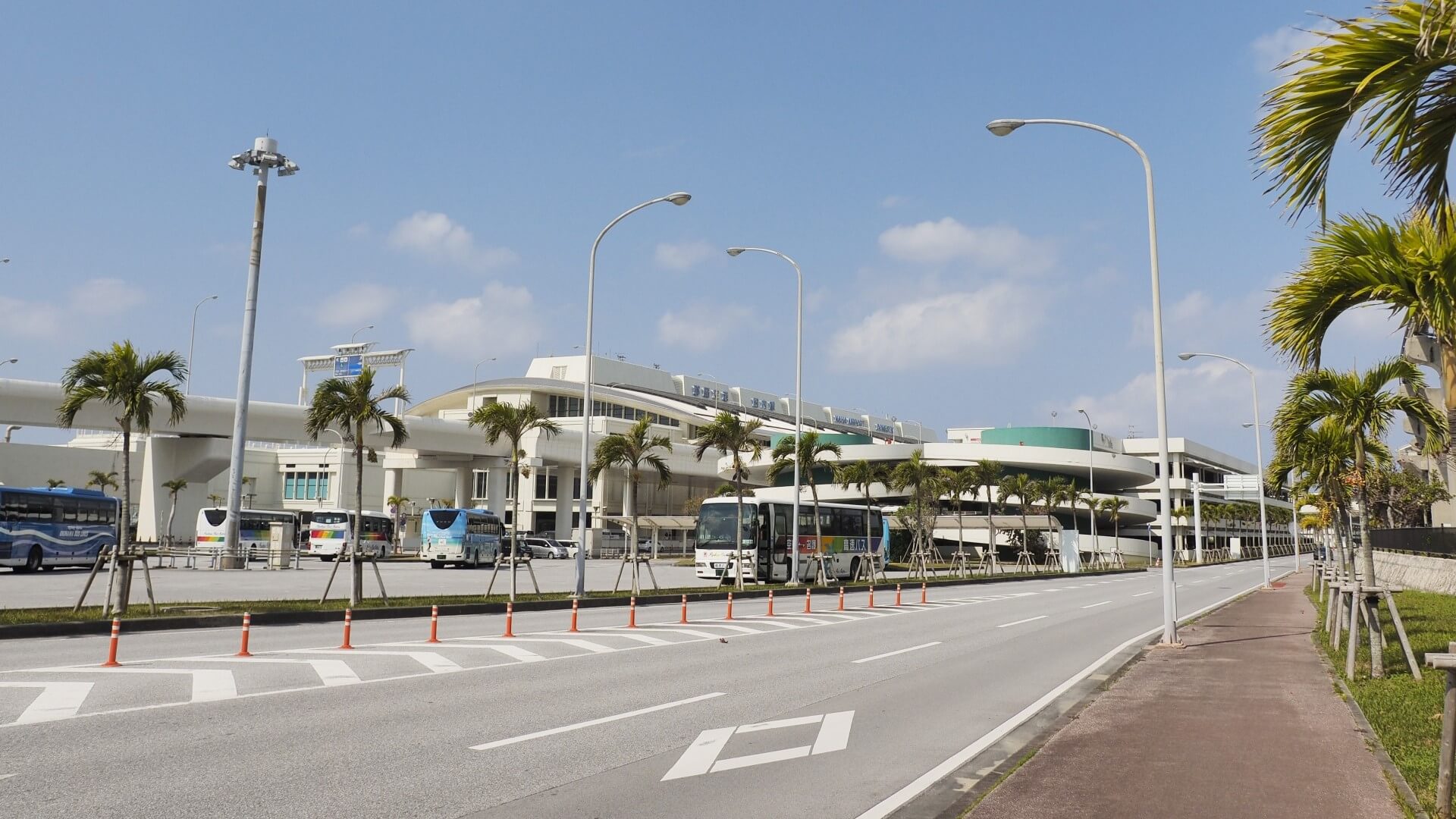
Busses run to and from the airport into Naha and regional destinations around the island. For travellers heading to areas outside of Naha once they arrive in Okinawa, using a highway bus can be a good option allowing you to head directly to your final destination. Operating from outside of the domestic arrival lobby on 1F of the airport, Bus No.111 heads into Naha before continuing onto Haebaru, Nishihara, Ginowan, Nagagusuku, Kita-Nakagusuku, Kinawa, Uruma, Kin, Ginoza before ending at the Nago Bus Terminal. While Bus No.117 includes many of the same stops before ending at Churaumi Aquarium. These are just two of many lines operating to and from the airport, opening-up direct travel to many points around the island.
BY TAXI
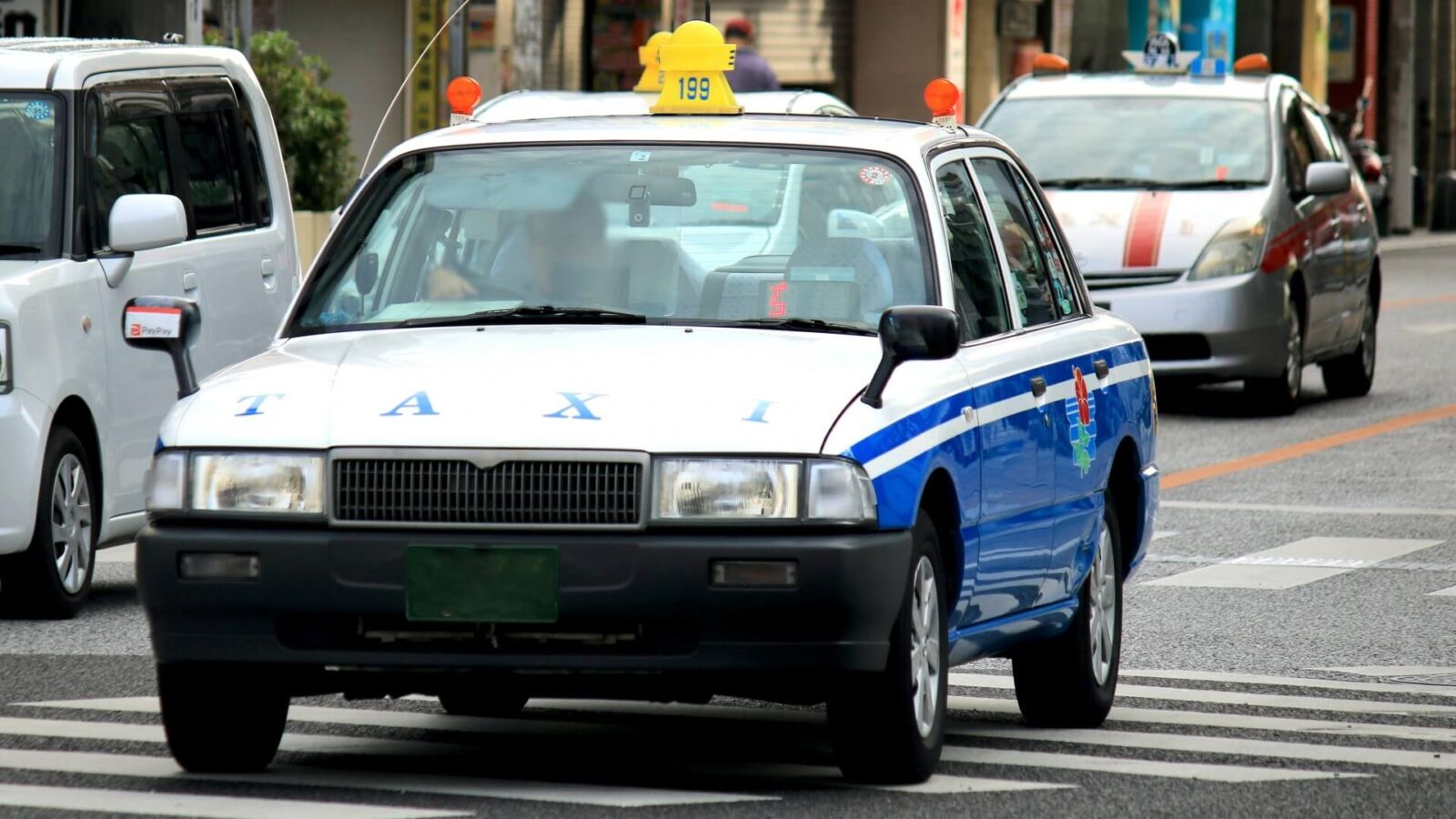
Taxis are a timely and cost-effective way to get to the airport, with fares being cheaper than those in mainland Japan. From the airport to central / downtown Naha, fares are typically around JPY1000 with the journey taking around 15 minutes (depending on your exact destination or starting point. Taxis are available outside of the domestic and international arrival lobbies of 1F of the airport. Outside of the domestic arrival lobby you will find a range of taxis including wagon, mid/short distance and long-distance taxis along with the rank for reserved taxis. There is a taxi rank outside of the international lobby (with the taxis outside of the domestic lobby are a short walk away).
CAR RENTAL
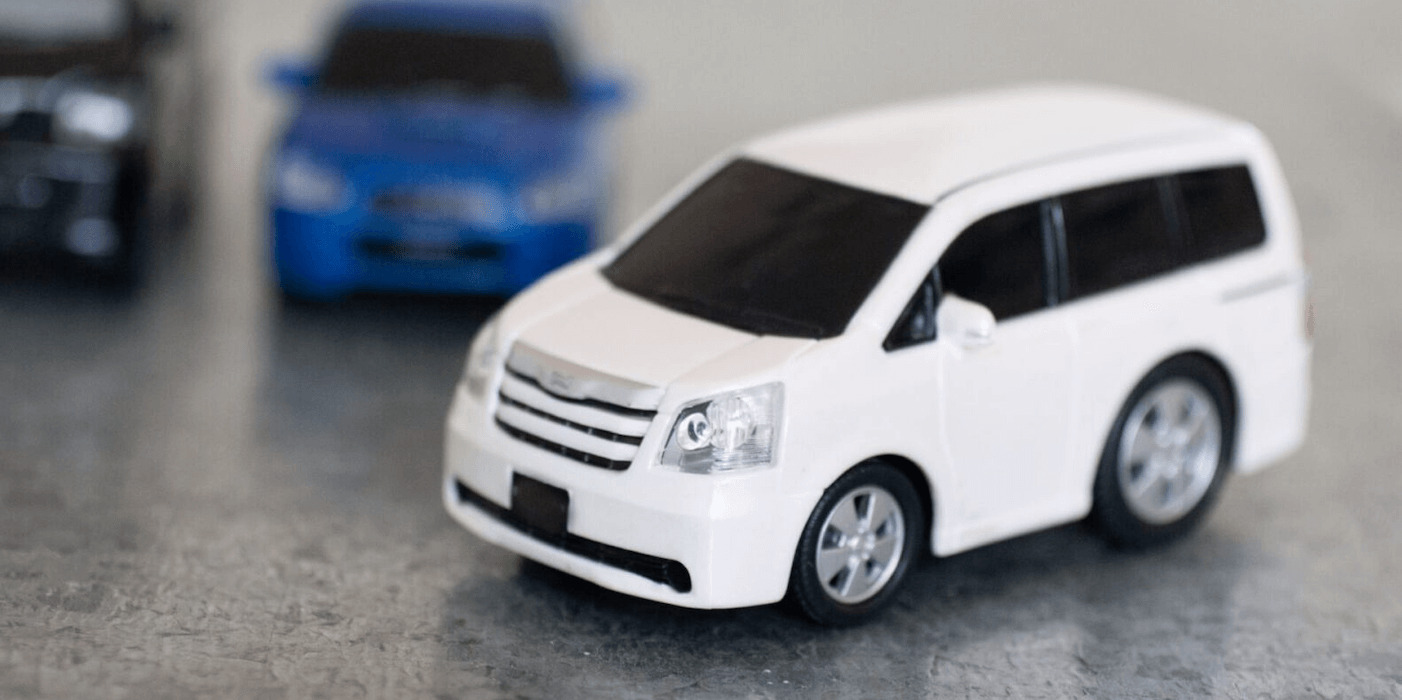
Naha Airport has multiple car rental companies including AVIS, Budget Rent-A-Car, ORIX, Times Car Rental and Toyota Rent-A-Car. Vehicle types and prices vary by company but prices are competitive. The process of renting a car in Japan is easy. We recommend booking online prior to arriving in Japan and arranging a vehicle and unless you have decent spoken Japanese, making sure to request a vehicle with English or other foreign language navigation system. To rent a car in Japan, you must:
— be 18 years of age or older,
— and have a valid Japanese drivers license, or
— have a valid drivers license in your home country and a valid international drivers license*
It is important to note that if you do not have a Japanese drivers license, you cannot drive in Japan unless you are also carrying a valid international license – even if you have a valid license in your home country. To obtain one, you will need to apply and have it issued before traveling to Japan. The process and cost varies by country so check with your local/national automotive association for further details. For more information about driving in Japan, see our ‘Moving Around Japan: Using Trains, Buses, Planes or Drive Yourself’ page.
*Nationals of Belgium, Estonia France, Germany, Monaco, Switzerland and Taiwan are not eligible for an international drivers license. Agreement between those countries and Japan means that those nationals can drive in Japan on the drivers license issued in their home country as long as they are also carrying an official Japanese translation.
ACCOMMODATION IN & AROUND THE AIRPORT
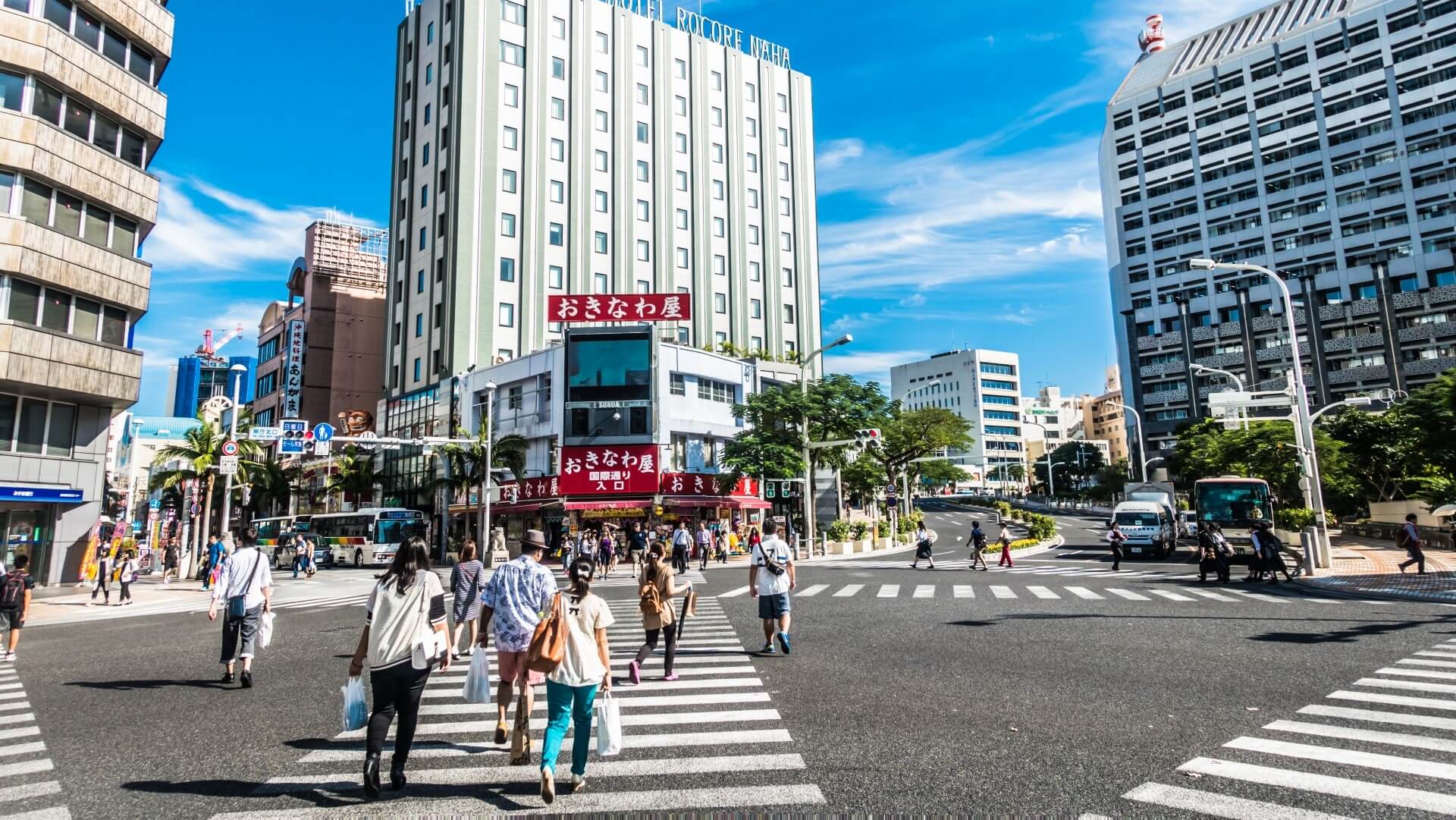
There is little accommodation in the immediate vicinity area of the airport however given the proximity of the airport to central Naha, travellers have plenty of choice within easy reach. Naha City has loads of good accommodation to choose from including large Western-style hotels, economical business hotels, small guesthouses and self-contained options with high-end, mid-range and budget accommodation found throughout the city. For more information including accommodation listings, see our ‘Naha City Area’ hotel page.
25 THINGS TO DO AROUND OKINAWA & WHERE TO STAY

Lying around 1600km to the southwest of Tokyo, the islands of Okinawa are surrounded by the East China Sea and Pacific Ocean and in most regards, a world away from the rest of Japan. Enjoying a tropical climate and defined by its beaches, islands and diving, Okinawa is a destination unto itself and one that will challenge your idea of what Japan is. Our ’25 Things to Do Around Okinawa & Where to Stay’ page has our recommendations of some of the best attractions and activities waiting for you and where to stay once you get there.
PLAN YOUR VISIT TO JAPAN
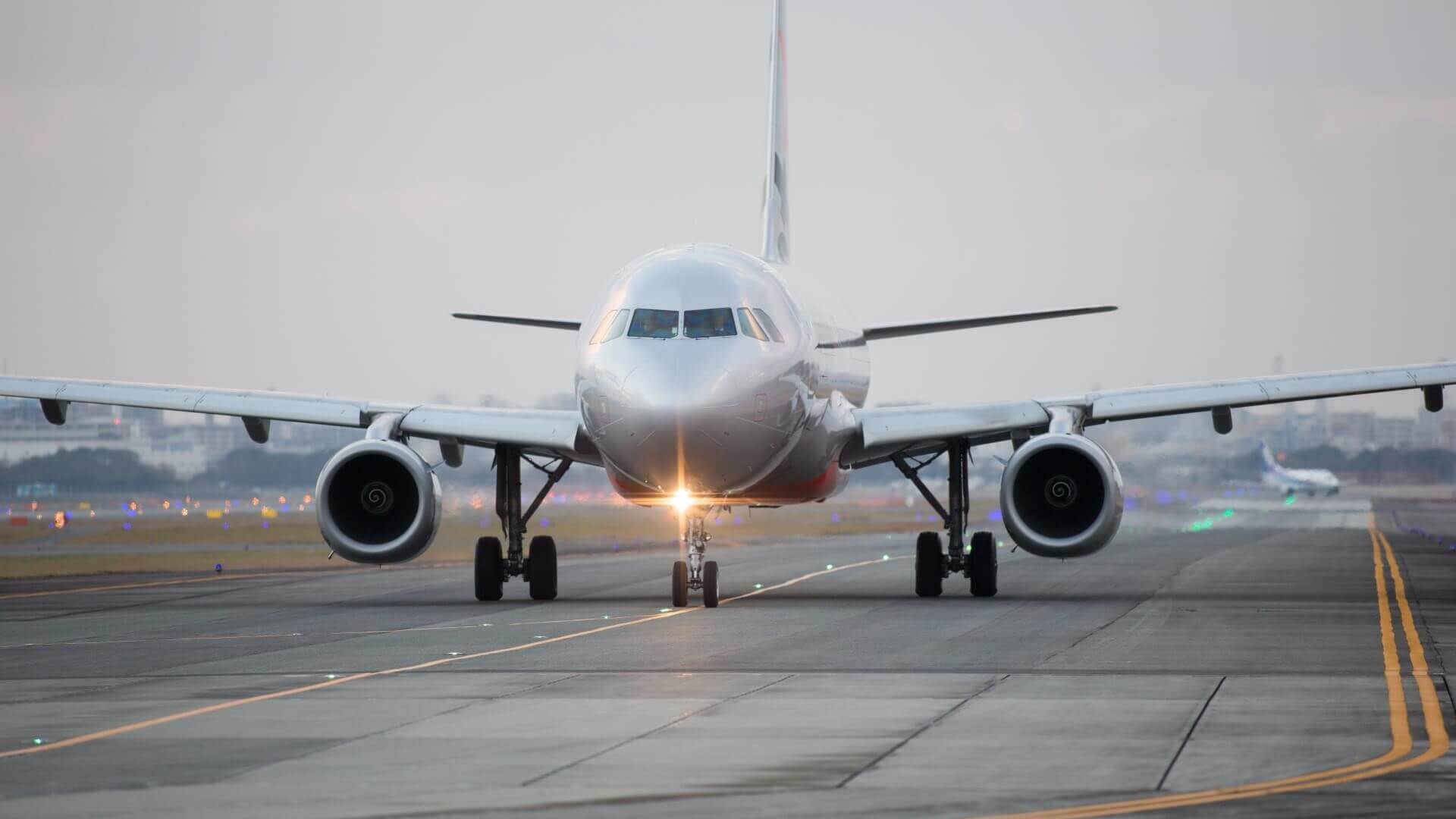
Despite Okinawa's distance from Tokyo, Osaka and Kyoto, you'll have no trouble getting there thanks for flights and ferries connecting the archipelago to the main Japanese islands. Our ‘Plan Your Visit’ page has everything you need to know about visiting Japan – from tips on the best time to travel, times to avoid, entering and exiting the country, money matters, staying connected, accommodation, staying safe and healthy and plenty more to ensure that you get the most out of your time here.














